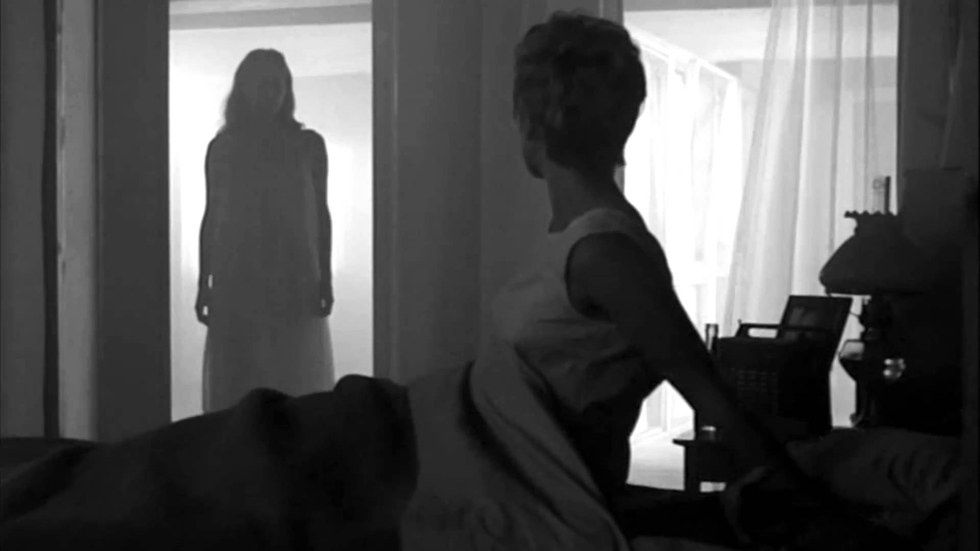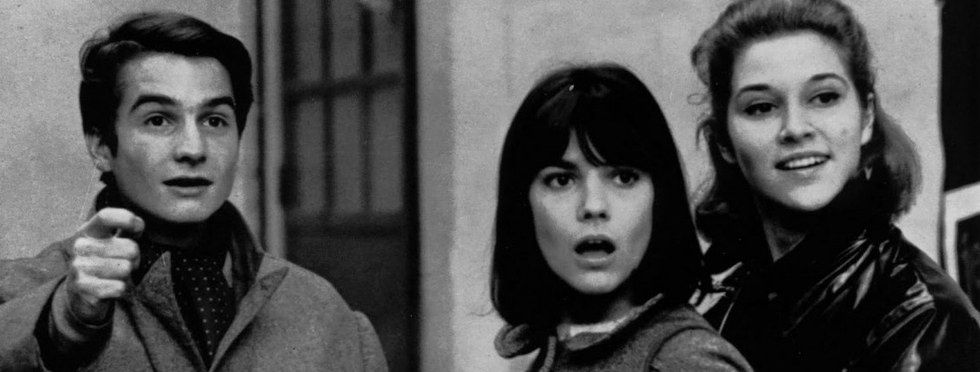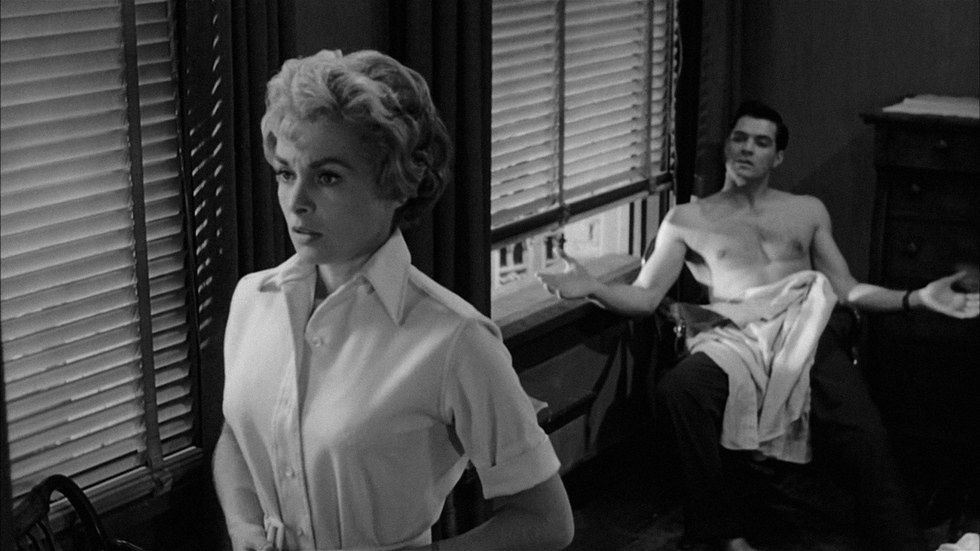After Technicolor's entrance into the industry, filmmakers of black and white cinema used its restrictive absence of color as inspiration to further evolve other techniques that evoke emotion in film. They would emphasize narrative through cinematic techniques of sharp angular and tense close-up shots accompanied by backgrounds that stimulated an imperative sense of place.
Renowned cinematographers such as Gregg Toland and Conrad Hall prefer black and white over color. In fact, Toland never shot in color because he “preferred to give audiences the sense that they were watching a suite of etchings.” More so, Hall grew to dislike color because it would incline “to be very unreal, to detract from the story. Whereas with black-and-white, there’s no way to detract, once you accept it, which is right at the beginning.” Black and white cinema doesn’t remain vital to the industry solely due to its historical value, but it’s visual aesthetic forces artistic and technical qualities that relieves it’s audience of everyday existence in an often beautiful and magnificent manner.
Black and white changes the approach and view of nearly every aspect in cinematography. Since black and white no longer has color to distract from, it forces the artist to delve deeper into and expand upon the remaining aspects of the mediums. It emphasizes emotion by allowing the subject and the background to form a stronger relationship with one another. The restrictions amplify the use of negative space by highlighting the shapes, forms, and patterns within a frame. Most importantly, the lack of color invokes a keen sense of composition and use of lighting.
Black and white film is often associated with classical works and has long been considered contemporary. Although it maintains an archaic ambiance, black and white film remains revolutionary in history while preserving its nostalgic beauty today.


























